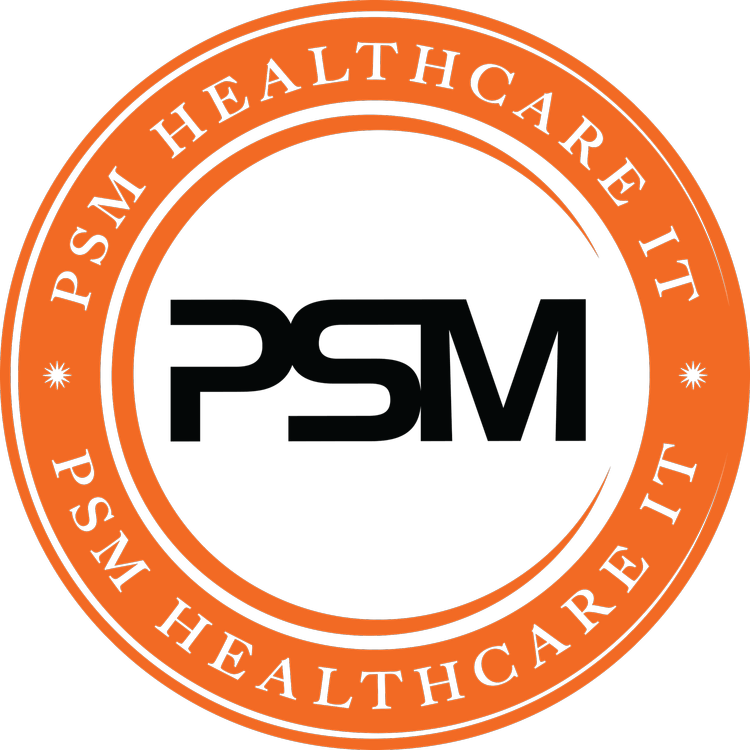Key Takeaways
-
A comprehensive cyber security risk assessment aligns with organizational goals, integrates risk management frameworks, and encourages collaboration among all stakeholders.
-
Risk assessments should be dynamic and prioritize threats based on their impact, using tools such as risk registers and real-time threat intelligence.
-
Adhering to relevant standards and regulations, as well as conducting regular audits, ensures that you keep robust security practices in place and maintains your continued legal compliance.
-
A clear and structured assessment process, including defined roles and thorough documentation, ensures transparency, accountability, and consistent results.
-
Ongoing surveillance, incremental updates, and wise cybersecurity investments remain crucial to keep up with shifting threats and technologies.
-
When choosing a risk assessment partner, consider their expertise, methodologies, and commitment to ongoing support to ensure effective and lasting security improvements.
A cyber security risk assessment company checks and ranks online threats and weak spots for businesses. These firms use tools and know-how to find security gaps, show possible risks, and give direct steps to lower those risks. Teams often test networks, apps, and data storage to spot weak points before hackers do. Services can range from one-time checks to round-the-clock watch, so even small or growing companies can use them. Many companies help with meeting legal standards and training staff to spot scams or unsafe links. To pick the right partner, check their skills, tools, and how they explain results. The next section shares what to expect from a trusted cyber security risk assessment company.
Assessment Philosophy

Cyber security risk assessment companies focus on simple, effective methods. They base their approach on key values: clarity, practical reasoning, and real-world outcomes. This means assessments are not just checklists. They line up with business goals and the level of risk the organization can handle. The process uses proven frameworks and encourages everyone to work together. By using Occam’s razor, the team looks for the simplest possible explanation for threats. Einstein’s razor keeps things clear but never leaves out key details. Hume’s razor helps map how attackers might act. All of this helps keep assessments honest, focused, and up to date.
Risk-Based
Risk assessment starts with what matters most. The team looks at how likely an attack is by checking if threats are easy to find, use, or repeat. They judge what happens if someone gets through—like data loss or downtime. Each step uses real examples and simple logic.
-
Enumerate assets and identify which are most critical to the business.
-
Identify potential risks to these resources, leveraging recent information and patterns.
-
Evaluate the seriousness of each risk, both in terms of likelihood and potential cost — considering loss of confidentiality, integrity, or availability.
-
Record each risk in a register, connected to action and review.
-
Update the risk list frequently to reflect new threats and shifts in the company.
A living risk register keeps everyone in the loop and primed to respond. Easy, regular audits ensure that the business can shift as dangers shift.
Compliance-Driven
|
Standard |
Requirement Area |
Applies To |
|---|---|---|
|
ISO 27001 |
Information Security |
All organizations |
|
GDPR |
Data Protection |
Companies handling EU data |
|
NIST CSF |
Risk Management |
International |
|
HIPAA |
Health Information |
Healthcare organizations |
Templates simplify confirmation of controls. Companies frequently update these tools as new legislation emerges. Audits, both internal and external, expose weak areas and promote continuous enhancement.
Threat-Informed
Threat intelligence informs each stage. Teams draw on recent breach information to detect patterns and vulnerabilities. They do threat modeling and look at how attacks would play out. By tracking historical incidents and investigating emerging threats, organizations remain a step ahead. We want to customize defenses to what really occurs on the ground.
The Assessment Process
A cyber security risk assessment company follows a structured process to help organizations find, analyze, and address risks to their critical assets. Each phase is mapped out to ensure transparency, consistency, and accountability. The steps are based on recognized frameworks like ISO 27001 and NIST 800-171, and the results form the foundation for future security planning. Assessments should be repeated every year or after major changes to the environment.
-
Set the purpose and goals for the risk assessment
-
Establish scope, boundaries, and critical assets for review
-
Assign roles and responsibilities to the assessment team
-
Use recognized standards or frameworks
-
Document activities and findings at each phase
-
Prioritize mitigation steps and document plans
1. Scoping
Defining the scope lays out which parts of the business will be assessed. It centers the work on what matters most, like customer data or intellectual property. Teams work with stakeholders from IT, business units, and leadership to understand the organization’s needs and objectives. The process pinpoints systems, processes, and data types for review, helping avoid wasted effort. Detailed scoping documents keep everyone aligned and on track during the assessment.
2. Identification
Teams begin with a complete inventory of assets—servers, endpoints, databases, etc. They employ scanning tools to uncover known vulnerabilities and inquire with employees regarding day to day practices — which can indicate holes that software may miss. Each vulnerability is recorded, with annotations regarding its severity and potential impact. For instance, a legacy OS or poor password policy could be identified as high risk.
Careful documentation of discoveries is key.) It assists organizations in mapping risks to assets and demonstrates how vulnerabilities might affect the business.
3. Analysis
Analysts weigh each risk by looking at how likely it is to happen and what the fallout could be. Frameworks help put risks into context, using real data and trends from past incidents. Security teams work together to check findings and spot new patterns, making sure nothing slips by.
Data analytics have a big role here. If a company experiences recurring phishing attacks, that pattern gets flagged and put at the top of the list.
4. Evaluation
Teams evaluate whether existing safeguards stand up to the identified risks. It identifies any weak areas for development. Metrics and KPIs provide definite evidence of what works and what doesn’t. Results end up in a formal report, crafted so leadership and technical teams can both respond to the outcomes.
This phase frequently identifies easy solutions, like tighter access controls or improved user education.
5. Treatment
Companies formulate action plans to correct them. The most pressing risks receive first priority, with less critical risks filled in as resources become available. New controls could be software patches, additional logging, or more secure passwords. We monitor progress to ensure fixes are completed on time.
The risk work continues until all critical gaps are closed.
Beyond The Report
Cyber security risk assessment companies do more than deliver a report—they help shape how organizations act, invest, and keep up with threats. An effective approach includes not just identifying risks, but using that knowledge to drive better decisions and foster a security-minded culture. Maintaining independence in assessments is key for unbiased insights, especially when third-party risks are involved.
-
Establish habits of continuous monitoring for teams to identify and respond to emerging threats as they arise.
-
Use the findings to inform where to invest resources in protection.
-
Habitual innovation in risk metrics and reporting
-
Ensure evaluation and observation to be done by separate vendors to maintain impartiality
Actionable Intelligence
Risk assessments should not just sit in a file. The results need to turn into real steps, like patching systems or changing how things are done. It’s important to share these insights with the right people—IT, compliance, or even the board—so everyone knows what needs fixing now. Alerts and quick notifications flag urgent problems, such as a system with a major flaw or a risky third-party vendor. A clear plan for how to share this information helps keep everyone on the same page and speeds up response.
Strategic Investment
Reports help leaders spot where the biggest risks are and where new tools or services could help most. This means budgets should match up with what matters most for the business, not just what’s trendy. When picking security products, they need to fit real needs, not just add another layer. It helps to build strong ties with vendors, but keep in mind: using separate vendors for assessment and follow-up work protects against bias and keeps advice honest.
Continuous Monitoring
Real-time monitoring tools catch threats before they get big. Automated scans and alerts save time and help teams concentrate on actual problems. These devices and techniques needs to evolve as risks evolve, so audits matter. Threat hunting, when teams search for issues prior to becoming breaches, adds yet another layer of defense.
Common Pitfalls
Cyber security risk assessment companies face several common pitfalls that can hurt the value they bring. Each company, no matter the size or industry, has its own risks, so a one-size-fits-all approach often falls short. A useful checklist can help avoid this mistake: check if the assessment covers unique business needs, system types, data flow, and industry rules. For example, a financial firm may need strong controls around client data, while a retail company may focus more on payment systems. Tailoring assessments to each client’s context is key.
Risk assessment methods should not stay the same year after year. New threats, like advanced malware or zero-day attacks, show up all the time. If the methods don’t get regular updates, they miss new risks. Companies that review their process only once a year can end up with old data and miss key threats. It’s best to keep risk assessment plans fresh, using feedback and the latest threat reports.
Underestimating the sophistication of the threat landscape can create critical blind spots in protection. A lot of companies underestimate risks from third-party vendors or remote workers. For example, a supplier with weak controls can sneak an attacker into your network–even if your controls are strong. We need to examine the entire chain, not just the underlying company systems.
Another common pitfall is skipping regular risk checks. Systems change, staff comes and goes, new apps are installed. If evaluations aren’t done frequently, blind spots accumulate. Human error, of course, is a big deal—research suggests that 95% of breaches can be traced back to human error, such as clicking a phishing email. Phishing remains a leading threat, so ongoing training and exercises for employees are crucial.
Failing to have a defined incident response plan could leave teams unsure of actions if an attack occurs. This can drag out recovery and exacerbate losses. It assists in perennially reviewing and revising the response plan as well as the entire risk plan. Cyber security is continuous, not a once-off task.
Future-Proofing Assessments
Cyber security risk assessment companies face a fast-moving landscape. Changing tech, new rules, and more links to third parties mean that keeping assessments relevant calls for ongoing changes, not one-and-done reviews. Future-proofing means building processes that adapt, update, and keep pace with what’s out there now—and what’s coming next.
Emerging Technology
Every new tool or platform, from cloud services to AI-driven apps, changes the threat picture. Risk teams must look at how these tools shift the security balance. Cloud use in particular brings new gaps, so it’s key to include cloud setups and vendor APIs in risk checks.
Staying on top of new tech means vetting cryptographic assets across apps and APIs, as standards continue changing. Futuristic collectives monitor what vendors must refresh their crypto, constructing strategies for seamless transitions as regulations fluctuate. Such work prevents last minute panics when new standards emerge.
Evolving Threats
Threats evolve rapidly. Attackers innovate, deploying shrewder phishing, ransomware, and supply chain attacks. Risk teams require regular updates — not just annual reviews — to remain prepared.
Monthly or real-time reviews, frequently supported by automation, ensure decisions employ what’s occurring in the moment. Threat intelligence — such as feeds of new flaws or attacker moves — directs these updates. As does scenario planning—testing “what if” cases—that prepares teams for the next big threat.
Supply Chain Focus
Third-party risks are now a big piece of the pie. Numerous businesses experience just a tiny sliver of their vendor web, overlooking sub-vendors or concealed partners. A live risk matrix, connected directly to onboarding and purchase, aids in early problem detection.
Vendor reviews verify partners’ security health. Collaborating with vendors, not just vetting them, creates a more robust safeguard. Obvious plans for supply chain gaps make a real difference, especially as ecosystems scale.
Choosing A Partner
Finding the right cyber security risk assessment partner takes more than a quick search. A good fit will show a solid track record, strong technical skills, and a real knack for working with teams across borders and industries. Start by checking their past work and how long they have been in the field. A company with a strong list of projects and case studies shows they know how to spot risks, check third-party threats, and set up a plan that works for your business. Look for partners who have helped other businesses with challenges that look like yours, not just those with big names on their client list.
Expertise matters. A good partner is not just a group of tech folks—they know how to teach your team, too. This means they will walk you through every step, from the first review to the fix, and help your staff learn how to spot and stop risks in real time. A group that can train your teams as they work will help you keep up with threats even after the first job is done. Look for those with professional badges, like CISSP, CISM, or ISO 27001 Lead Auditor. Reviews from other clients can tell you if they really help teams, or just drop off a report and leave.
Method is important as well. Ask how they screen for risk. Some use checklists, some use bespoke tools or risk scoring. The great partners blend approaches, inquire about your vendors and tech and the rules you must play by, and then develop a strategy that fits you. They should understand major regulations such as GDPR, HIPAA, SOC 2, and ISO 27001. Ensure they assist you in complying with these, particularly if your business processes health or personal information or collaborates with international entities.
Continuous assistance is essential. Cybersecurity is not a silver bullet. The right partner will promise support, updates and clear talks whenever you require them. If you have multiple providers, see whether your partner is ok working with other vendors/teams. This covers all your bases, not just one slice.
Conclusion
To pick the right cyber security risk assessment company, look for real skills, clear steps, and honest talk. A strong partner explains risks and fixes in plain words, not just tech terms. Good teams spot weak spots, help you act fast, and stay with you after the report. They share simple tips, real fixes, and stay ready for new threats. Big or small, every group can face danger online. The right help gives peace of mind and real safety. For next steps, reach out to teams with proof, clear plans, and a record you can check. Find answers, ask hard questions, and pick a partner who cares about your safety as much as you do.
Frequently Asked Questions
What is a cyber security risk assessment company?
A cyber security risk assessment company helps organizations identify, analyze, and address risks to their digital assets. They provide expert evaluations to improve data protection and reduce threats.
Why is a cyber security risk assessment important?
A risk assessment identifies vulnerabilities, prioritizes threats, and guides security improvements. This protects sensitive data, builds trust, and ensures compliance with global standards.
What should I expect during the assessment process?
This involves auditing systems, determining risks and suggesting countermeasures. We then send you a comprehensive report of our findings and actionable recommendations to enhance your cyber security.
How often should my organization conduct a risk assessment?
It is best to perform a cyber security risk assessment at least once a year or after major changes. Regular assessments help address new threats and maintain strong defenses.
What are common pitfalls in cyber security risk assessments?
Common pitfalls include neglecting emerging threats, using outdated methods, and ignoring employee behavior. Choose an assessment partner who stays updated and takes a holistic approach.
How can I future-proof my cyber security assessment?
Future-proofing means utilizing current tools, evolving to new threats, and ongoing education. Select a company that keeps up with the latest developments in the field and supports you continuously.
What should I consider when choosing a cyber security risk assessment partner?
Seek out experience, evidence of success, and transparency. A trusted partner will know what you need, give you actionable guidance and cover your back for the long term.





